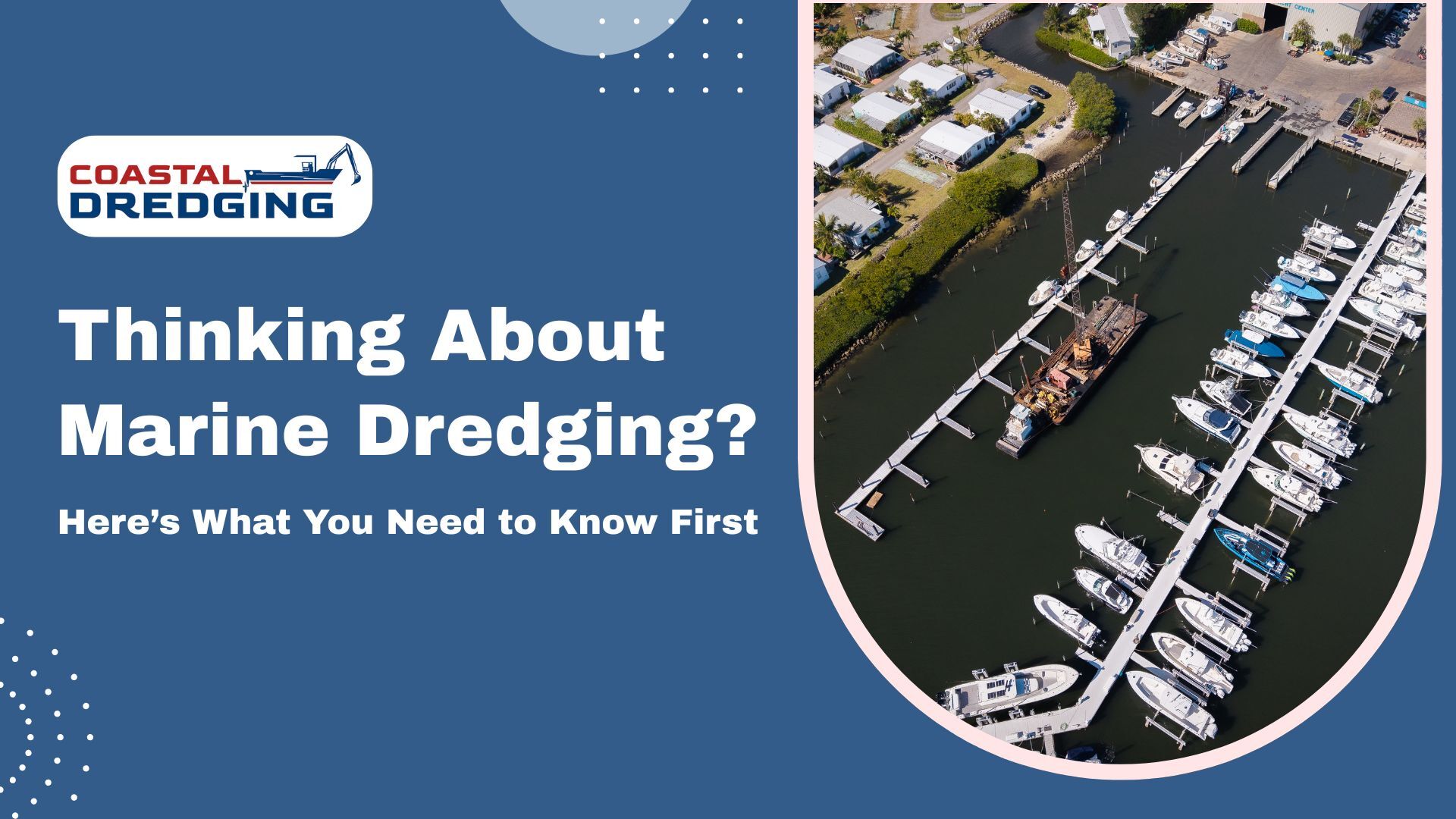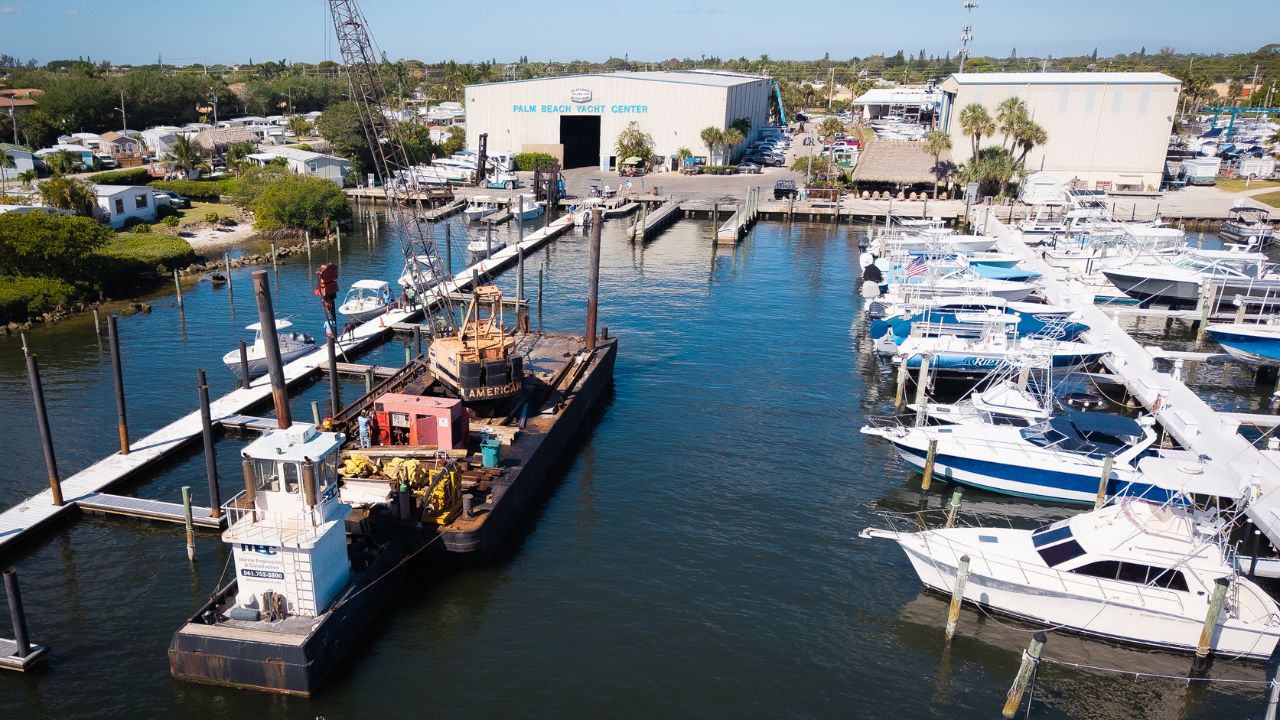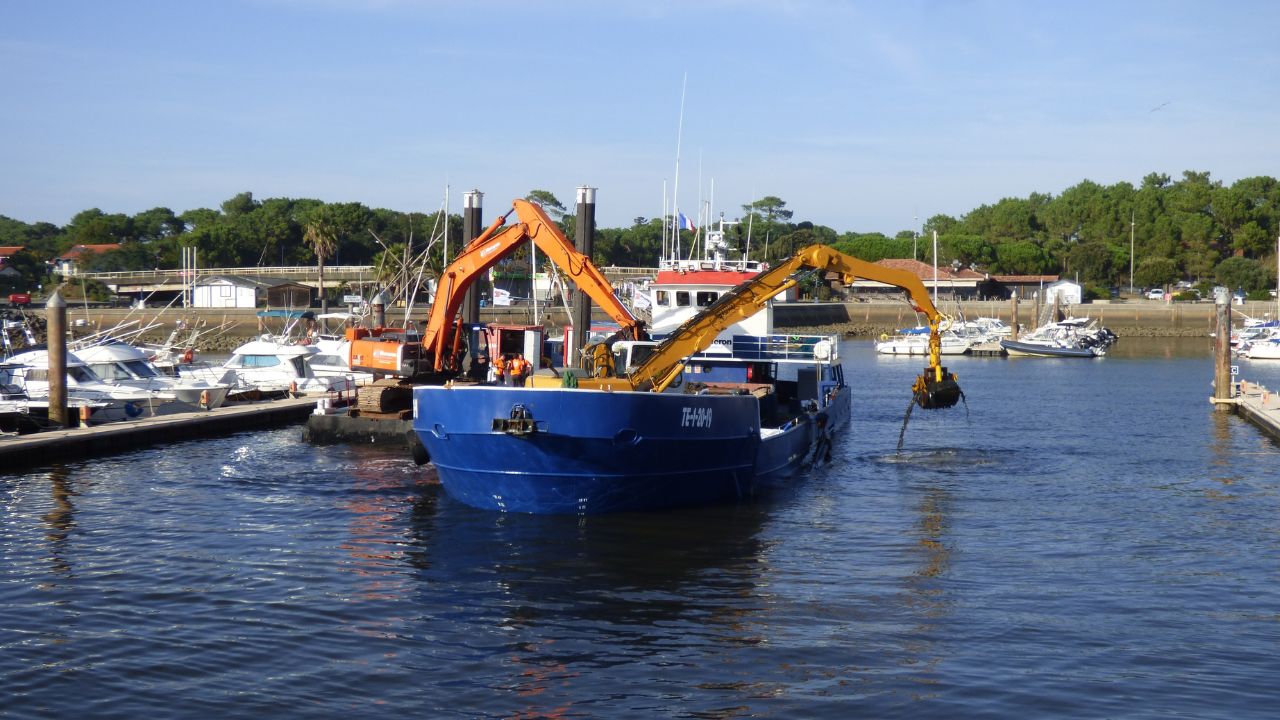
Have you ever stood on a dock looking out over a silty harbor or tried to navigate a shallow channel? If yes, you probably already understand the need for marine dredging. However, before diving in, it is helpful to understand what marine dredging really entails, its importance, and how the right dredging company can make all the difference.
In this blog, we will explore these aspects to ensure individuals understand what marine dredging is.
Marine dredging involves the removal of debris, sediment, and other materials from water bodies, including harbors, rivers, canals, and marinas. Over time, these areas naturally accumulate silt, sand, mud, and even man-made debris. Left unchecked, it can have a serious impact on navigation, aquatic health, and shoreline stability.
Marine dredging is akin to giving the ocean floor a much-needed haircut. Whether it’s deepening a shipping channel, cleaning out a marina, or restoring a beachfront, dredging helps keep things flowing smoothly.
But marine dredging isn’t just about digging and dumping. There’s a lot more that goes into it. It involves specialized equipment, environmental planning, permits, and most importantly, experience. That’s why it’s essential to work with professionals who are knowledgeable and experienced.

If you’re a marina owner, a waterfront property developer, a port operator, or even a local government, marine dredging is not optional; it’s essential.
Still on the fence? Here are a few reasons you should absolutely care:
Boats need depth. Period. Shallow water not only makes navigation tricky, but it can also damage boats and even pose safety risks. Regular dredging ensures your waterways are deep enough for safe, efficient travel. The last thing you want is a yacht running aground in front of a crowd, right?
You might not think of dredging as an eco-friendly move, but it can be, especially when done by the pros. Removing contaminated sediment, improving water flow, and restoring habitats are just a few of the ways dredging helps maintain a healthy aquatic ecosystem. Plus, dredging can enhance oxygen levels and reduce harmful algal blooms.
Clean, deep, and well-maintained waterfront areas are simply more valuable. Whether it’s a commercial marina or a residential canal, regular dredging helps maintain both functionality and aesthetics. Properties with clean, accessible waterfronts just sell better. That’s a fact.
Believe it or not, excess sediment can restrict water flow and contribute to flooding during heavy rains or storms. Keeping waterways clear with regular dredging is a smart preventative measure. Think of it as insurance for your waterfront property.
Dredged ports mean larger ships, more business, and smoother trade routes. Communities that invest in marine dredging often see a boost in tourism, shipping traffic, and job opportunities.
The type you need depends on your specific situation. Here are a few of the most common methods used:
The best part? Our team can help you determine the best approach for your project, so you don’t have to worry about it.
Worried that dredging sounds complicated? Don’t be. When you work with experienced pros like us, the process is straightforward and well-managed. Here’s a general idea of what you can expect:
We come in, take a look at your site, and discuss your goals. Depth, size, and environmental concerns, we assess it all. We also verify historical sediment data and identify potential obstacles.
Yes, there’s paperwork involved. However, don’t worry; we handle all the permits and compliance requirements, so you don’t have to. That includes local, state, and federal requirements. We speak fluent bureaucracy, so you don’t have to.
We’ll outline the timeline, equipment required, and any potential disruptions you may experience (we strive to minimize these). We also develop contingency plans just in case Mother Nature throws a curveball.
We get to work. Our team utilizes top-notch equipment and leverages years of experience to complete the job safely and efficiently. We maintain constant communication, so you’re always informed about what’s happening.
Once it’s done, we make sure the site is clean and provide you with any documentation you need. We can even help you dispose of dredged materials properly or repurpose them for landscaping, beach nourishment, or land reclamation.

You might be wondering: how do I know when it’s time to dredge? Here are a few telltale signs:
If you’re seeing any of these signs, don’t wait. The longer you delay dredging, the worse (and more expensive) the problem gets.
Marine dredging might not be the flashiest project on your list, but it’s one of the most important. Whether you’re trying to deepen a channel, boost property value, or clean up a waterway, a well-executed dredging job can make a world of difference. If you want it done right on time, on budget, and with minimal hassle, Coastal Dredging Company is here to help. We take pride in every job we do and treat your project like it’s our own backyard. So don’t let murky, shallow water hold you back. Give us a call or visit coastaldredgingco.com to get started. Let’s make your waterfront everything it should be and more.
A dredger is a boat that comes equipped with a tool known as a dredge. This tool draws, sucks, excavates or scrapes sediments such as trash, gravel, debris, rocks, sand, and plant and animal matter from the ocean floor, lakes, sea bed, or a waterway such as a canal, estuary, or river.
Dredging is carried out on the seabed in shallow waters, targeting marine organisms such as scallops. It focuses on deep-water areas (waters deeper than 200m). On the other hand, bottom trawling is carried out near or on the seabed in both deep and shallow waters.